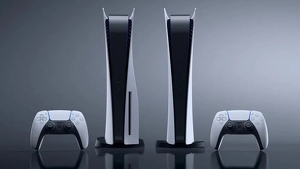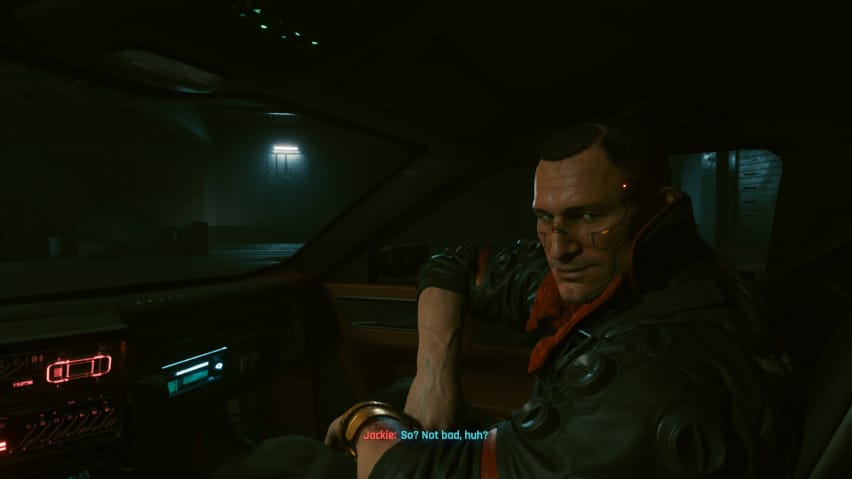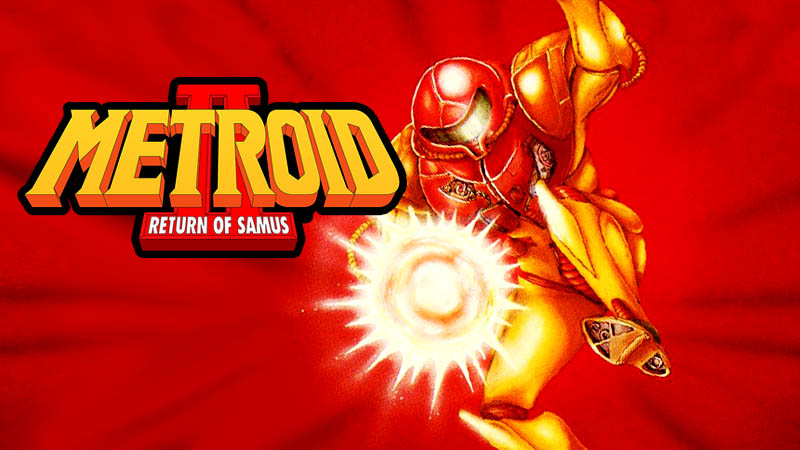
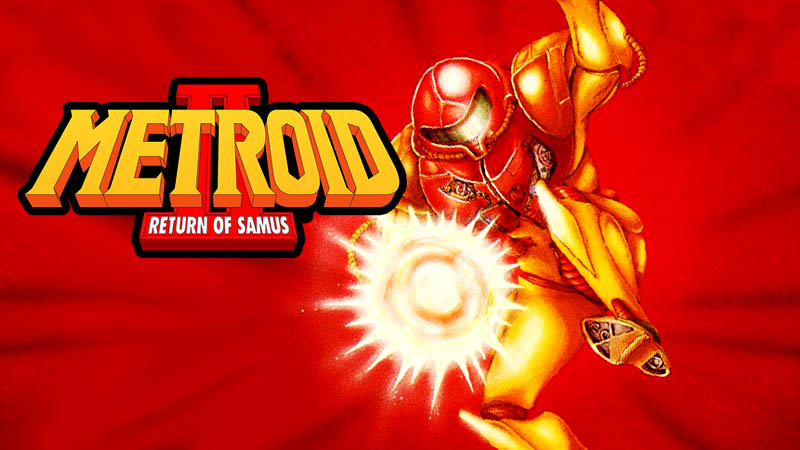
Metroid was a rough but beloved NES game that laid the groundwork for the nonlinear action platformer genre to come. Flaws like the artificial difficulty and aimless gameplay can be overlooked. Getting past this would lead to an experience where players would get a glimpse into a feverish sci-fi nightmare where so little is explained.
Instead of producing an improved sequel like Super Mario Bros. 3 or experimenting with a new direction like Zelda II: The Adventure of Link, Nintendo took a totally different approach. Scaling things back from the 8-bits and 54 colors of the NES, Metroid II: Return of Samus would be on the monochrome Gameboy.
Thanks to the new limitations of the Gameboy, the boys at Nintendo had to become more creative and innovate in order to overcome the flaws of the original, and improve upon the formula for this sequel. For the most part, Metroid II is a huge improvement over its predecessor, but it also developed new flaws that hold it back; along with both of its remakes.
Metroid II: Return of Samus
Developer: Nintendo R&D1
Publisher: Nintendo
Platforms: Gameboy, Gameboy Color, Nintendo 3DS (reviewed)
Release Date: October 10, 1992 (Gameboy), November 24, 2011 (3DS eShop)
Players: 1
Price: $3.99 (eShop)

Metroid II is from the days when game manuals were chock full of useful information and lore details. The games themselves would often be barren of tutorials or lengthy story sequences. The best one could hope for was a simple text crawl that explained the story and setting. The Legend of Zelda and Final Fantasy managed to have a text crawl after all, so why not Metroid II?
Thanks to cultural osmosis, everyone knows that Samus is a woman, that the Metroids are Chozo bioweapons, and that the screw-attack can rip through most obstacles. Metroid II’s story is that Samus is on the hunt for the last remaining Metroids on SR-388. Nobody would be able to figure this out if it weren’t for either the manual or cultural osmosis.
Metroid II does not come with a manual anymore. Most copies of the game are loose, and the only other option is to download the eShop version on a 3DS which does not even come with a digital version of the manual. The only cue to go off of is the small Metroid counter on the bottom corner of the screen.

Metroid II makes the most out of the Gameboy hardware by focusing on art to overcome the lack of graphical capabilities. There are much fewer enemies on screen than in Metroid, and obviously, no color.
The artists put a lot of effort into creating different patterns and tile sets to create some variation in the aesthetics. Samus is exploring dank caves and alien worlds, so there is not a lot to work with. Environments still end up looking alike from one another despite their efforts. The variation of platform placement for jumping is best aspect of its design.
Metroid II can’t do backgrounds. Outside of the main tiles that make up the platforms, everything exists in a unsettling black void. It is less like an alien planet, and more like some kind of existential purgatory nightmare. This does help create a creepy mood, but it does not help navigation.
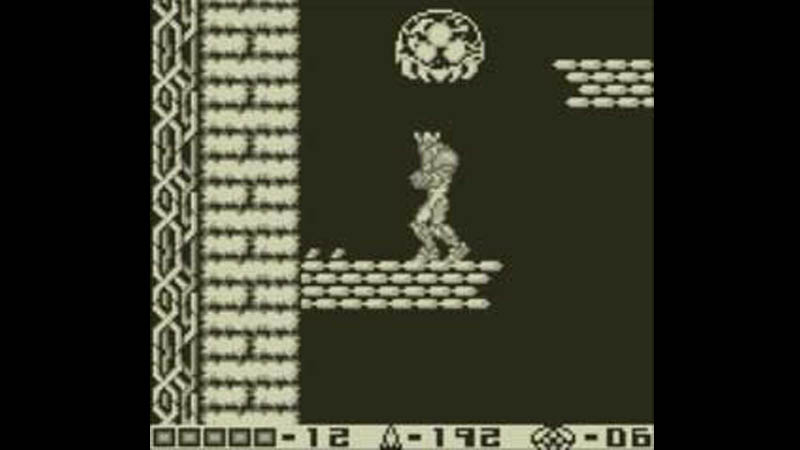
Samus looks great, and the much larger sprites have given her more detail than she ever had on the NES. Animation is still very limited; most sprites have only a handful of frames. Compounded with the lack of color, this gives everything a cold and dead quality.
Making Samus larger was the only way the developers could signify any upgrades. Switching to missile mode has her hand cannon visually transform, and acquiring the Varia Suit give Samus her signature bulbous shoulder armor. This was a perfect example of the team overcoming a limitation with creativity.
Since sprites are much larger, gameplay is affected by not having as much space on the Gameboy’s 10:9 aspect ratio. This meant enemies or threats are more likely to cause damage, since there is less time to react. This is especially annoying during spider-ball treks that might get Samus sucker-punched.
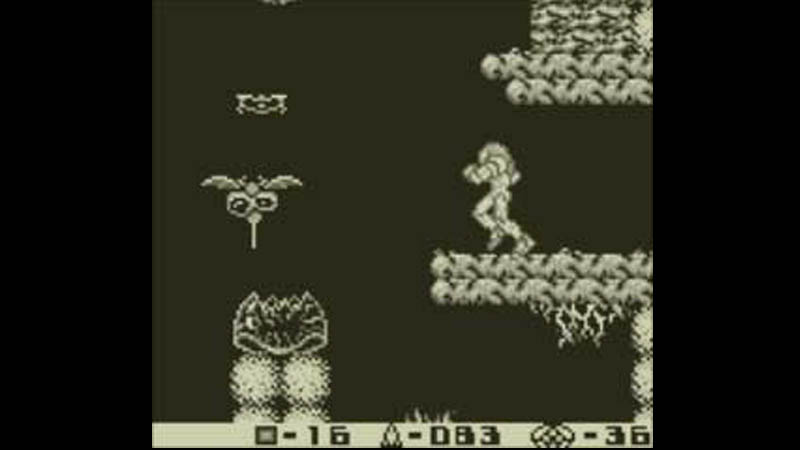
When Metroid II came out, the series had yet to figure out the map screen. It does become a exhausting trek to backtrack for some missed upgrades, but for the most part, there is not a huge need for a map.
Metroid II is not much of a Metroidvania. The layout of the level design is mostly linear, only having a few excursions for some upgrades. The areas are divided up into chunks with a set amount of Metroids that require extermination.
After terminating the creatures, the lava from an earlier part in the stage will lower, which opens up a passage to a new area with that leads to more Metroids. It is a repetitious gameloop that only mixes things up with a few gimmicks like the space-jump or spider-ball. Where Metroid II tries to mix things up is with the boss battles.

Metroid II has the deceptive claim of being the Metroid game with the most bosses. It only has six (seven counting an optional battle), and a majority of these bosses are copy-pasted through out. Sadly, the Metroid battles are not programmed very well.
If Samus gets the enemy partly off-screen or gets them positioned in a certain angle, it becomes very easy to time missile shots between stun frames, and kill these animals before they can do anything. All the effort was put into the impressive looking Metroid Queen, which is striking and puts up the best fight in the game.
Impressively, Metroid II does have a fair bit of nuanced environmental story-telling done as a lead up to the queen. Late in the game, the music becomes a strange droning ambiance, and there are almost no other creatures to fight. All life is gradually exterminated by either Samus or the Metroids, and emptiness of the last areas reflect this.

Metroid II has been remade twice; by fans and by Nintendo. Sadly, both remakes fail to capture the simplistic essence. While the remakes are weak, Metroid II itself is a weak game; but it was still impressive for improving upon what Metroid established. Finding and destroying the same few enemy types over 30 times in a gray maze is very boring.
Playing Metroid II legally is not easy these days. Original carts and Gameboy hardware is rare and cost prohibitive. The 3DS can play a cheap digital version that is on the eShop, which comes with a save state option. There is the official remake, but playing that is a very different experience that barely resembles the original.
Taking your time, Metroid II is a very short game. Leisurely play-throughs will take less than four hours. While it is a very important piece of gaming history, and did make some legitimate innovations for the genre, it is still very rough around the edges even by 1992 standards.
Metroid II: Return of Samus was reviewed on New Nintendo 3DS using a personal copy. You can find additional information about Niche Gamer’s review/ethics policy here.
Images: Nintendo
